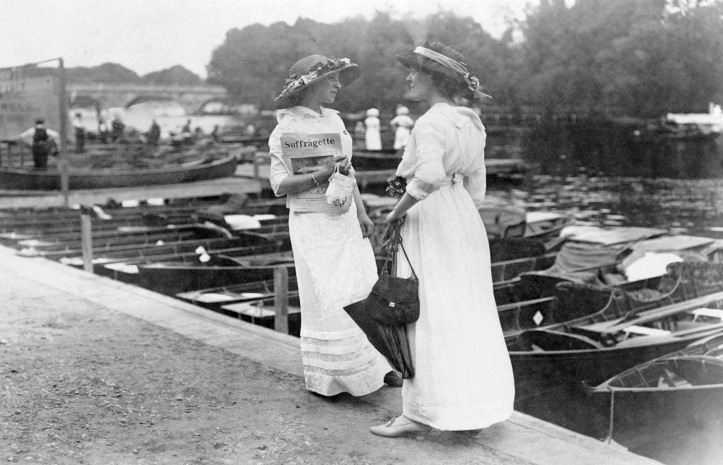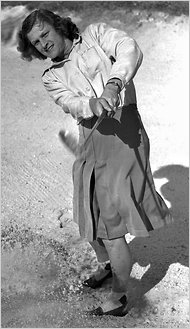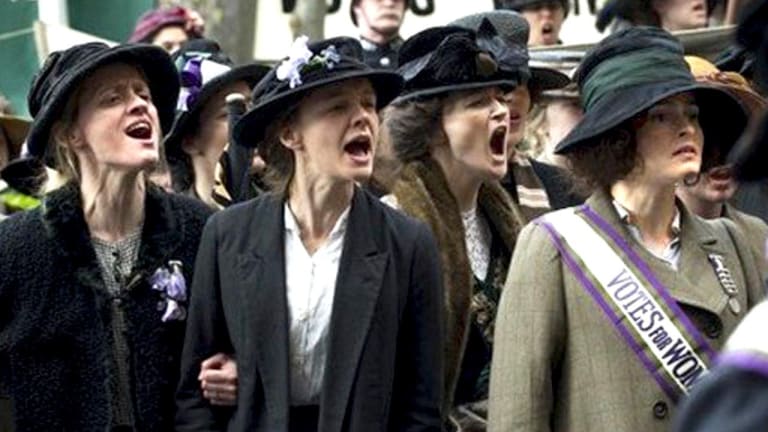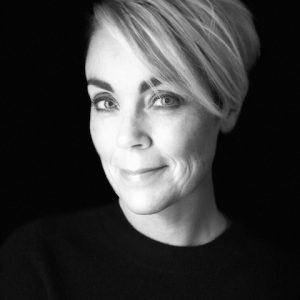They were feared. Very, very feared. The press followed their every move. The public wondered when they would strike next. “They are hysterical,” some declared. “They are ruining our culture,” others cried. But, they kept on their mission and wouldn’t stop until the goal was reached.
It was a clandestine mission of purpose. Carried out in the quiet stillness of night, they did what they came to do. And when the sun rose over the horizon the next morning, the heavy, wet dew still on the grass, the next strike was being prepared. But the evidence was clear they had been there and that they meant business.
Their uniforms did not include combat boots, helmets, or rucksacks. They did not carry guns, either. In fact, their headgear was more likely to be a tailored hat with a floral attachment, and their shoes could described as Edwardian lace ups. In reality, it was the sash over their shoulders that made them feared by so many.
But this battle was not on the sea. Nor the sky. The battleground had taken on a new face: the golf course.

When numerous greenskeepers arrived at their respective golf courses in the early 1900s, they found evidence of the sash wearing soldiers’ nocturnal visit. The regular flags in each hole were replaced with the organization’s colors of purple, green, and white flags. The words, “Votes for Women” were intricately cut into the greens. The Suffrage Movement hit as close as they could to white, male privilege. The Suffragists wanted the vote and they were willing to do whatever it took to get it.
Many incidents like this occurred during this time. Some even more violent. In one case, the Prime Minister of England was playing at Moray Golf Club in Lossiemouth. Two “well dressed young ladies” stormed the 17th green, ripped at his clothing, grabbed his arms, knocked his hat off, and whacked him in the head with a magazine. The women were initially charged with assault of Prime Minister Asquith, but the charges were later dropped. The Suffragists hacked up turf and threw acid on the greens. The Committee of the Royal and Ancient Golf Club at St. Andrews was so worried about the safety of the course, they took out an insurance plan and hired 200 guards to patrol the course ahead of important tournaments.
“After all, a golfer is a man and a citizen, and because he is a man and citizen, he is responsible for the way in which the Government are treating the women and the Women’s Cause….Use the power and influence which you as a citizen possess to get justice for women and protection for your greens!” declared the prominent Suffrage leader, Sylvia Pankhurst. “We are not fighting you because you play golf. We are not fighting you at all, but trying to stir you up,” she chided. Golfers had influence and she knew it. White male privilege had its perks.
However, we cannot ignore that many Suffragists were golfers. One study found 50,000 women joined golf clubs in 1911. So, why would women choose to be a part of a movement which seemingly destroyed their favorite pastime? To be honest, I get a little panicked if I don’t fix a ball mark on the green. I can’t envision taking a shovel or some sharp object and willingly hack up a green into smithereens. It is a little nauseating to think about.

Suffragists were right to target golf courses. How much closer could one get at that time to the people who were holding them back from the sacred vote? While I cannot approve acts of vandalism, we have to take it all in the context of its time. There was no social media to start a #HackTheGreens movement. Women who were considered “high society” had difficult lives made tougher by bearing multiple children year after year and having little to no rights at all. The frustrations of these women were at such a high level, they had to do something out of the ordinary. The golf course became a symbol of the continued patriarchy which they wanted to dismantle.
So, what can we say the golf course is a symbol of now? Is it still the patriarchy thriving as well as the grass the grounds keepers mow every few days? Is the golf course a symbol of what is good in the world? Can we suggest the course is a place of inclusiveness or is it still the place where genders are separated by tangibles like tee boxes and score card categories?
While I don’t see any of our LPGA or Legends Tour professionals demolishing greens any time soon, I believe we can see a Suffragist-like sense in the women’s game in modern times. There are people working at every level to reach equality on golf. There are movements like the LPGA’s #DriveOn campaign to educate and inspire people to take up the game. Other movements encourage little girls to get out there and play as they deserve and have the right to do.

I believe we have had our own Suffragists along the way in the women’s game, as well. Babe Didrikson showed us women can have lucrative marketing contracts. Kathy Whitworth showed us being the first to reach $1 million of career earnings is incredible but we shouldn’t stop there.
As we move toward the 100-year anniversary celebration of the Women’s Vote in the United States (August 1920), I reflect upon the sacrifices the Suffragists made for me. The force feedings, jeering, inhumane treatments, and all of the other horrible things they went through was for me to have a voice.
To think some of the Suffragist movement occurred on a golf course is not only humbling, it is extraordinary. They chose a golf course as a place to display their courage and veracity. They chose a golf course as a symbol of equality. The golf course was a target to show the world the disparity of gender and other cultural divides. I’m proud this is a part of golf’s history.
The next time I play, I’ll imagine the pristine, ultra-manicured green in front of me was once a tattered and maimed swath of earth where the Suffragists once stood and declared, “Deeds not words.”
References
Kay, J. “The Wild Women”: Female violence against male sport. Accessed July 2020 from https://www.cafyd.com/HistDeporte/htm/pdf/4-10.pdf
Kay, J. (2007). No time for recreations will the vote is won? Suffrage activities and leisure in Edwardian Britain. Women’s History Review, 16(4), 535-553.
Kay, J. (2007). Women to the fore: gender accommodation and resistance at the British Golf Club before 1914. Sporting Traditions, 23(2), 79-98.







